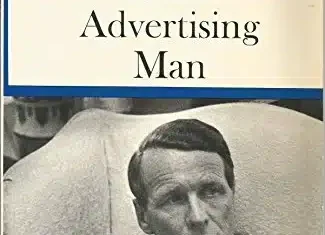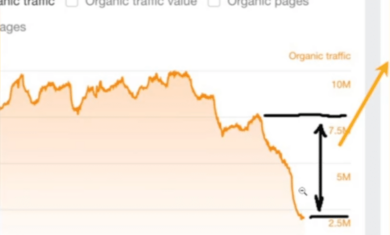This term has been around for a long time, but I hadn’t noticed it until very recently. It has to do with sharing new ideas, and “anchoring” them to something people are familiar with and then “twisting” into how the new product is different.
It’s similar to Seth Godin’s concept of putting your new product in the right genre so that people can understand where it fits, and then later explaining how yours is different and better.
Compio wrote a post a while back that gave some good examples:
- TiVo works like a VCR (anchor) with TV shows (twist).
- Spyder is like Speedo (anchor) for skiers (twist).
- Sermo is a FaceBook (anchor) for doctors (twist)
This came up in a recent conversation with a company that wanted to rank well in Google for a phrase that no one would be looking for. Ranking #1 for something that no one searches for is useless. Instead, you should work to rank well for other attributes about your product, and then introduce them to your new phrase.
BeamPrint
For example, suppose I developed a product to make wireless printing easier and I called “BeamPrint”. Ranking #1 for that would be pretty easy, but no one would find me.
Instead, I’d want to try to rank well for terms like “wireless printing” or “mobile printing”. The page could then say:
“If you have trouble getting your wireless printer to work properly, come try out BeamPrint and never be frustrated by that again.”
In the world of digital marketing, anchors are the key. Make it easy for people to get a general idea of what you do, and then you can take them down the path of why your new solution is the one they need.




